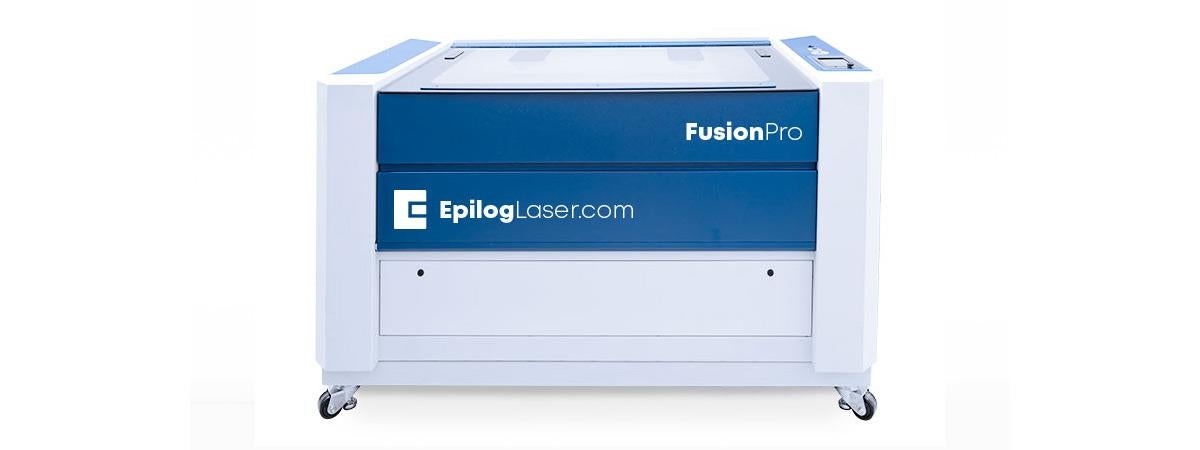Looking to cut or etch materials including wood, paper or plastic? You can harness the power and precision of a laser beam to do just that.
How to Start
- Prepare your design using your preferred 2D design or computer aided design (CAD) software. If you need assistance, we offer instructions on how to prepare your design for laser cutting and how to learn to use 2D design software.
- Select your material and present it to a think[box] team member. The materials section on this page has useful information on what materials you can use.
- Send your design to the laser cutter, and run the machine! Check out our tutorial on using the laser cutters if you need assistance.
Materials and Supplies
At Sears think[box], we stock birch plywood and acrylic plastic for use on the laser cutters that you can purchase from us as a convenience. These are materials that we’ve selected for their safety, performance, and ease-of-use on our laser cutters.
You may also bring in your own materials, but you must present anything you bring to a think[box] team member approval before using the laser cutters. Plastic you bring should be clearly labeled and/or accompanied by a Safety Data Sheet. We do this because not every material is safe or appropriate for laser cutting. For example:
- Polyvinyl chloride (PVC), polycarbonate, and fiberglass emit toxic fumes when laser cut and may not be used under any circumstances.
- Anodized aluminum and other metals cannot be cut and will damage the machine if certain precautions are not not taken when etched.
We’re here to help you laser cut safely and effectively. Save yourself the risk of exposure to toxic fumes, damage to the machine, fire, or a failed part and speak with a think[box] team member about your material.
Epilog Fusion Pro 48 Technical Information
- Maximum Part Dimensions: 48 x 36 x 12 inches (1.22 x 0.92 x 0.3 meters)
- Laser Diameter: 0.005 inches (0.127 millimeters)
- Varies with settings, materials, and geometry.
- For exact dimensions it is highly recommended you run a test with your materials and settings, measure the result, and compensate for the observed kerf.
- Laser Accuracy: ± 0.003 inches (0.076 millimeters)


